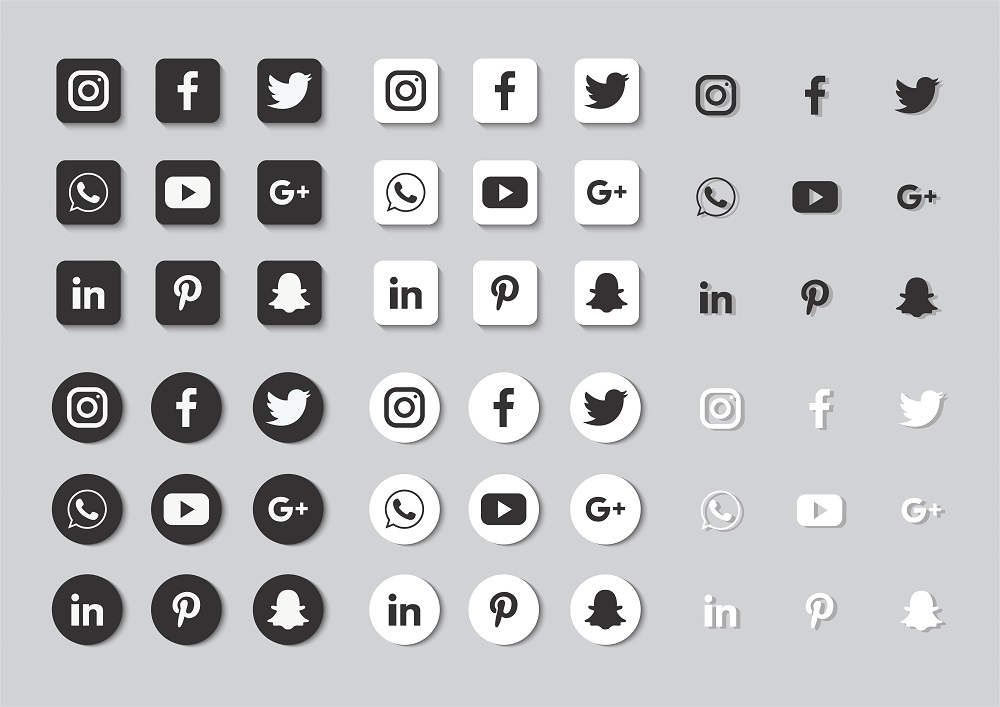Ever since the COVID-19 virus was first detected in Wuhan, China, it has spread at an exponential rate. Global health authorities have declared the Coronavirus as a pandemic, and government bodies have initiated nationwide lockdowns to curb the spread of the virus. The current scenario was utterly unprecedented, and neither the public nor the businesses were prepared for the implications of the virus. However, the Coronavirus does not seem to be going away any time soon, and the only way to move on with our lives is to adapt to the current scenario. The public can only begin to act if businesses make the necessary changes in their operations to facilitate these actions. It is more important now than ever to stay in touch with the customer, listen to them, understand their individual circumstances, and identify new business opportunities.
Since most of us are following social distancing norms and staying at home, there has been a significant rise in the use of social media. Therefore, social media is the best source to gather information about the customer’s needs. One of the most effective ways to collect this information from social media is known as social media listening. Most businesses already perform social media monitoring to some degree, but social listening takes it one step forward. It uses artificial intelligence (AI) to monitor conversations that take place on social media and other online forums. By analysing keywords, topics, competitors, or industries, machines can unearth valuable data. This data can help businesses understand how strong their online presence is, how customers feel about their brand, how trends evolve, and to identify influencers who may want to be associated with their brand. This is just the tip of the iceberg; there is a lot more you can do with social media listening. However, the best thing about social listening is that you can do all this in real-time.
What is the Importance of Social Listening During a Global Crisis?
During a global crisis, the conversations on social media regarding the crisis, begin to explode. Initially, most of the conversations online are driven by the news and media channels. But eventually, more emotionally charged and opinion-driven online discussions start to break out. This phenomenon has a significant impact on businesses and can even drive industry trends. The current online conversations regarding coronavirus reflect this very phenomenon. When the world first began to realize the severity of the COVID-19 virus outbreak in early March, people started talking about it on social media. On 16th March alone, about 5.4 million social media posts were talking about coronavirus, and over 36 million posts in the preceding week (Synthesio). All this talk about the virus made more people anxious about the future, and governments all around the world started initiating strict lockdowns. As a result, the economy saw the worst downfall since the economic crisis of 2008. Several businesses around the world had been severely affected, and some have even been shut down.
By utilizing social listening technologies correctly, businesses will be able to analyse social media conversations to identify consumer behaviour-driven trends and adapt to them before they gain momentum. Here are some of the most effective ways to leverage social listening during the COVID-19 crisis:
- Set Up the Right Search Queries – There are several million conversations about the pandemic that take place on social media every day. Therefore, it is essential for you to use Boolean search logic to ensure that you are only focusing on the ones that matter most to your organisation. Use keywords such as Coronavirus, Corona-virus, Covid-19, pandemic, etc. because these are the most used terms by people. You could also include terms related to your geographical location. This will not only generate more search results, but the results will also be more accurate to you.
- Use Dashboards to Identify Critical Insights – It is almost impossible to go through the enormous amount of data about the coronavirus that is generated every day. By using a dashboard, you will be able to see the big picture and get an overall idea about new trends and patterns. This will also allow you to keep track of what your competitors are doing.
- Identify the Most Influential Voices – During the times of a global crisis, people listen to those who they trust the most. This includes politicians, experts, new media, and anyone who gives them an authoritative assessment of the current situation. You can use your social listening tool to create a list of the most influential voices during this crisis. This will ensure that you are the first to know what they are saying as the crisis unfolds.
- Enable Notifications – There are new updates in the current social scenarios every minute and new developments happening all the time. Therefore, it is crucial to ensure that you do not miss a thing. You must be aware of anything that could impact your organization as soon as possible. Using notifications will alert you of any new developments as soon as they occur.
- Post at the Right Time – Before the Coronavirus, the best time to post on Facebook was 11 am and 1-2 pm on Wednesdays. But now, the best times to post on Facebook are 10-11 am on Monday, Wednesday, and, Friday. The best time to post for maximum engagement on Instagram, Twitter, and LinkedIn have also changed. Adjust your social media strategies accordingly to maximize engagement.









